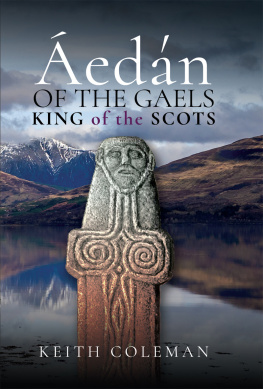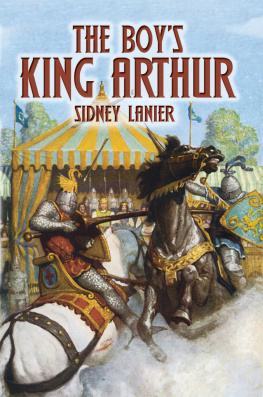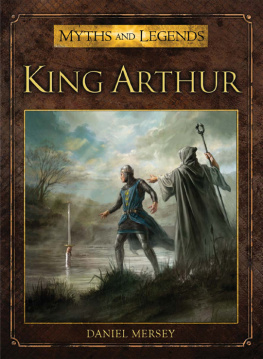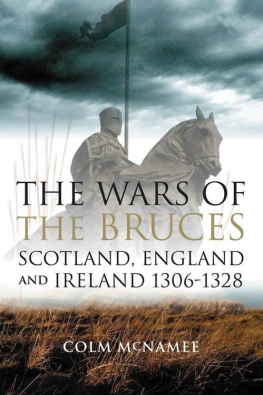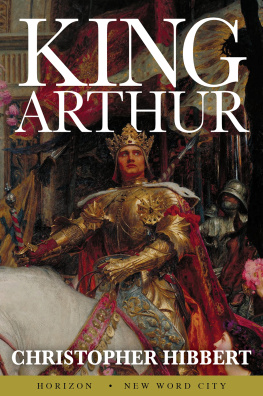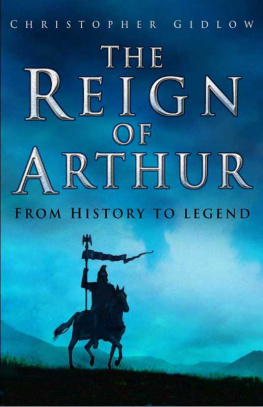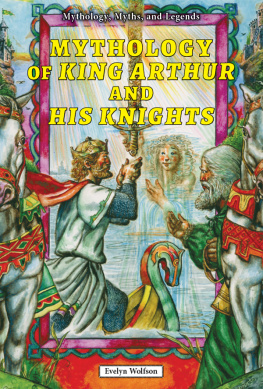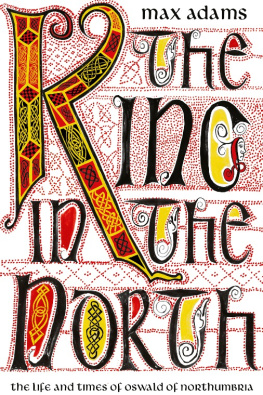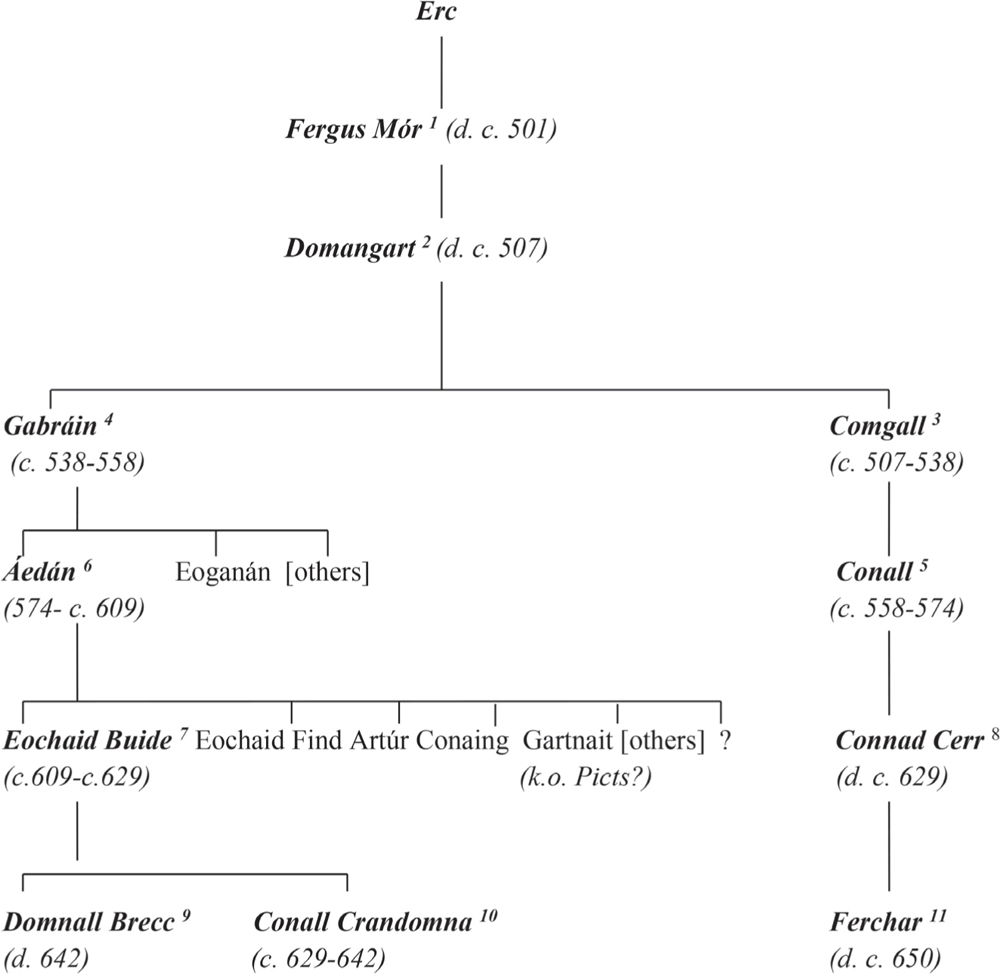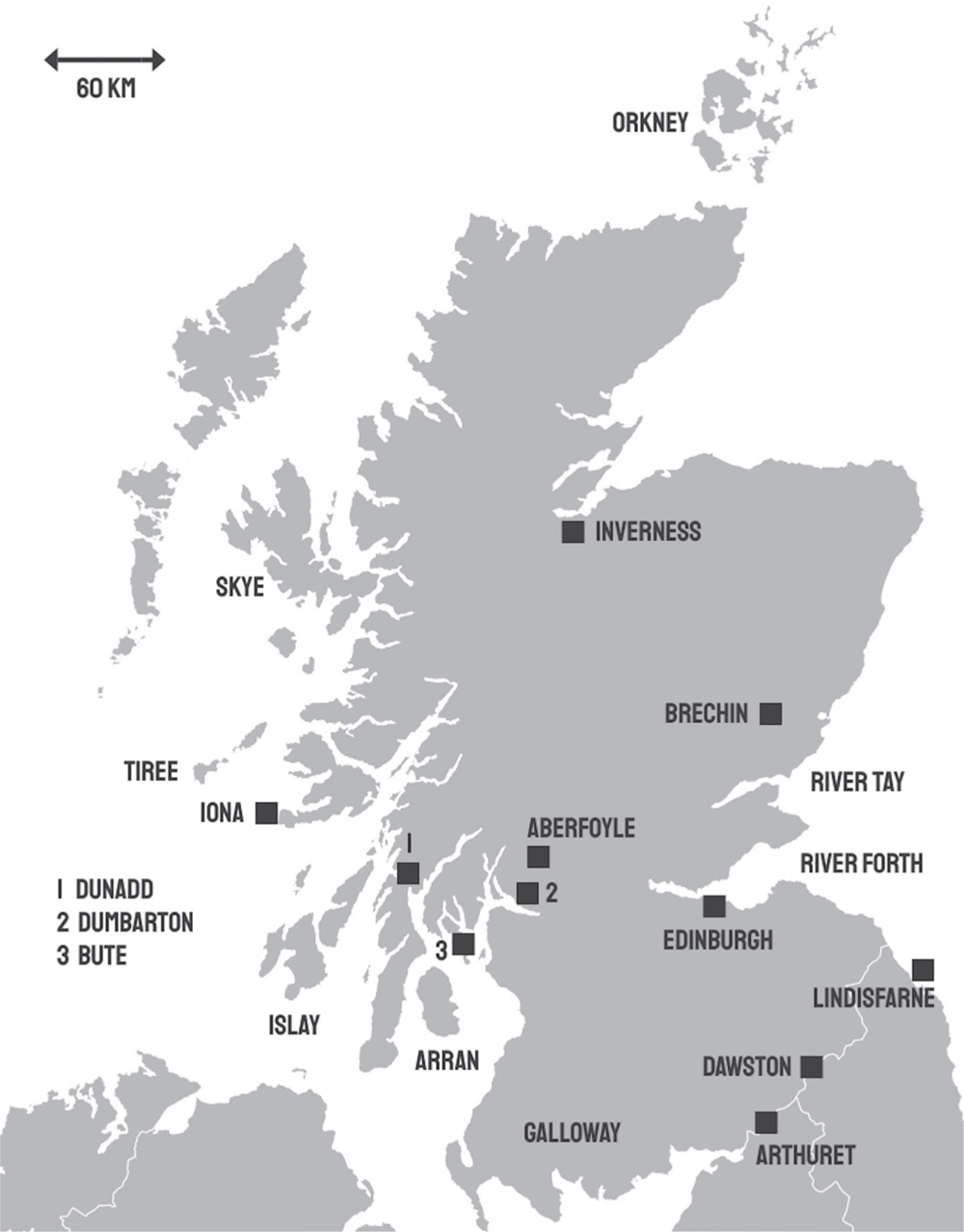Pagebreaks of the print version

edn of the Gaels
edn of the Gaels
King of the Scots
Keith Coleman
First published in Great Britain in 2022 by
Pen & Sword Military
An imprint of
Pen & Sword Books Ltd
Yorkshire Philadelphia
Copyright Keith Coleman 2022
ISBN 978 1 52679 490 1
eISBN 978 1 52679 491 8
The right of Keith Coleman to be identified as Author of this work has been asserted by him in accordance with the Copyright, Designs and Patents Act 1988.
A CIP catalogue record for this book is available from the British Library.
All rights reserved. No part of this book may be reproduced or transmitted in any form or by any means, electronic or mechanical including photocopying, recording or by any information storage and retrieval system, without permission from the Publisher in writing.
Pen & Sword Books Limited incorporates the imprints of Atlas, Archaeology, Aviation, Discovery, Family History, Fiction, History, Maritime, Military, Military Classics, Politics, Select, Transport, True Crime, Air World, Frontline Publishing, Leo Cooper, Remember When, Seaforth Publishing, The Praetorian Press, Wharncliffe Local History, Wharncliffe Transport, Wharncliffe True Crime and White Owl.
For a complete list of Pen & Sword titles please contact
PEN & SWORD BOOKS LIMITED
47 Church Street, Barnsley, South Yorkshire, S70 2AS, England
E-mail:
Website: www.pen-and-sword.co.uk
Or
PEN AND SWORD BOOKS
1950 Lawrence Rd, Havertown, PA 19083, USA
E-mail:
Website: www.penandswordbooks.com
Dedicated to my children, Morgan and Katy.
Maps
Map 1 Scotland. Some modern names featured in the text
Map 2 Scottish Dl Riata
Map 3 North Britain, Ireland and the Irish Sea Zone
Map 4 Territories of Scotland
Map 5 Eastern Pictland associated with edn and Gabrin
Early Rulers of Dl Riata.
Map 1. Scotland. Some modern names featured in the text.
Introduction
edn mac Gabrin, king of the formative state of Dl Riata, which prefigured the medieval realm of Scotland, ruled in the last quarter of the 6th century and set a template for trailblazing warrior kings who figure largely in British and Irish history. An associate of the famous St. Columba (Colum Cille) of Iona, he was the first recorded king to be ordained in the British Isles and was the most powerful ruler of his generation. His astonishing military and political journeys took him from his base in Kintyre/Argyll to Orkney, Angus, Ulster, Northumbria and the Isle of Man. No other Early Medieval king before him in these islands seems to have been able to flex their military might to such a degree (if we leave aside the shadowy character of King Arthur).
edns military ambitions came to a halt when he confronted a rising warlord as strident as himself at the battle of Degsastan in ad 603. Beyond his success in warfare, there is a tantalising accumulation of fragmentary legends concerning edn, from stories about his birth, to tales of him in battle with other Irish heroes. He was remembered by Bede and mentioned in the Anglo-Saxon Chronicle and he is one of the few Irish kings to feature prominently in Welsh tradition, as a uniquely powerful player in North Britain. Modern writers highlight edn as the father of a prince named Arthur, which has led to his place in Arthurian studies.
Any number of warlords rose and fell in the 5th and 6th centuries, but few are remembered as any more than names. The clerical writer Gildas mentions a bare handful of tyrants, men who called themselves kings, in south-west England and Wales. If he had been able to extend his abrasive gaze across the whole of Britain he might have been able to name dozens more such men, jostling to acquire wealth, territory and fame. Few of them achieved it. Several leaders contributed to a legacy and established dynasties which grew to control wider territorial units and kingdoms and had fame imposed upon them retrospectively as founding figures in Ireland, Scotland, England and Wales.
edn mac Gabrin was one of these leaders. As king of Dl Riata, he ruled parts of Ireland and what is now Scotland, and was recognised as a founding figure by the rulers of the successor states of Alba and Scotland. edn was the sixth known king of the Irish colony which had established itself in Argyll. While there were other Irish colonies up and down the western seaboard of Britain in the 4th and 5th centuries, notably in Cornwall and North and South Wales, Dl Riada uniquely thrived. In edns day the Irish were only one of three or four peoples established in the area which became Scotland. To the east and the north were the Picts, while the Britons occupied almost all of the Lowlands. If there were any English speakers at all, they were confined at this stage to the far south-east of the area. It probably seemed unlikely during edns reign that his people, the Irish (later known as Scots), would grow to be the dominant nation in this patchwork of peoples. The struggle for dominance, made through warfare and strategic political alliances, followed a pattern largely laid down by edn mac Gabrin.
There are few definite facts about edn. The terse, non hagiographic records focus on his wide ranging aggression, painting an uncompromising figure for many historians. According to one modern historian he was a tough opportunist, enemy of all his neighbours and master of most of them.
There is no surviving opinion of edn from his own lifetime. The Venerable Bede singles out edn by name as king of the Irish in Britain, in the context of his apparent defeat by king thelfrith of Bernicia (part How accurate this source may be is arguable. The reign lengths given in the poem are generally wide of the mark, although here edn is given a reign of twenty-four years, not too far off his actual period of rule, which was probably between the years 574 and around 609. edn was preceded as king by his cousin Conall, about whom very little is known. The Duan Albanach pointedly states that Conall ruled without dissension. Being a successful warlord in the late 6th century could hardly be achieved without dissent.
Another source drawing perhaps on bardic sources about Irish and Scottish kings is the Prophecy of Berchn. It contains a description of a fierce ruler who may be edn (and a later hand who glossed the text thought so), though the identification is disputed. According to this source, he was the distressed traveller and a red flame who will awaken war. Not only did edn participate in seismic events, he lived through an era where the landscape and the culture of Britain dramatically altered. For much of his lifetime there may have been few signs that the English would become a threat to his people. But, by the time of his death, there was clearly growing ascendancy of Northumbrian power in the north.
The Kings Career
Any consideration of the place of edn as a 6th century king has to start with an examination of the land which he ruled and the society from which he came. The Ireland of edns time was an island of multiple petty kingdoms. The king of the smallest of these, termed a tuath, was subservient to a regional king (r ruiri), with an even more powerful overking (r ruirech) or king of a province (r cocid), sitting at the top of the pyramid of power. In the north of Ireland the king of the province of Ulster, or Ulaid, wielded such authority. Leadership of this province was contested by several neighbouring dynasties.

